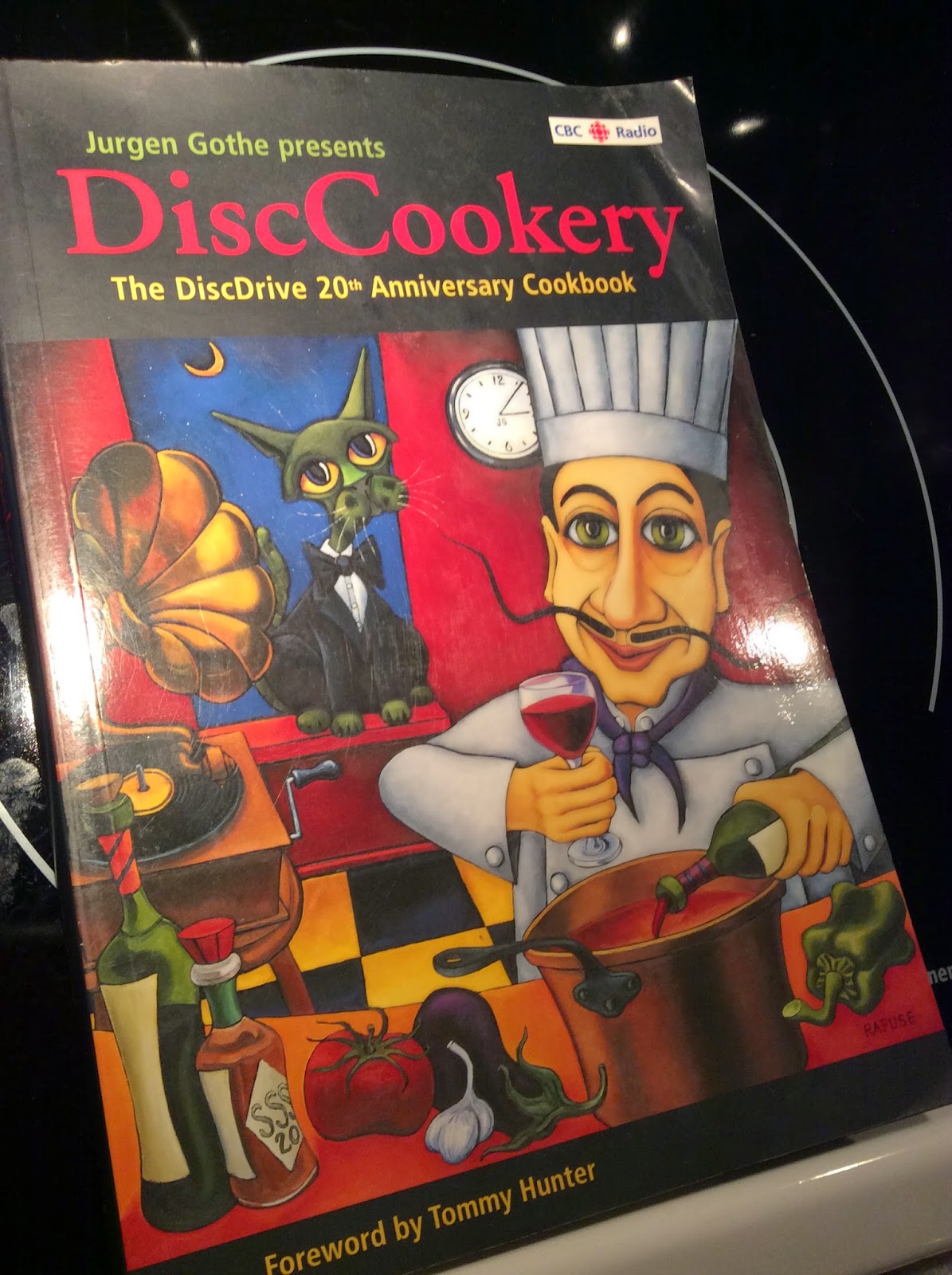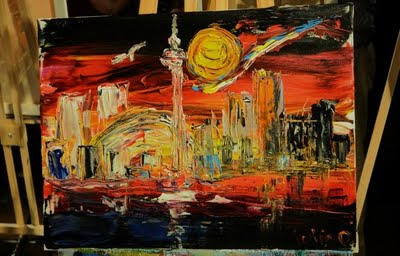Movies were one of my first great loves. I would sit in the grand silence of many an old cinema, with scratchy red seats, the velvet sheen long since worn off, and spider webs wrapped like lace around the dusty, grey crystals of faded, wheezing-gold wall sconces, floors sticky with a thousand screaming-kiddie afternoons and breathless teenaged nights. It was magic. Star Wars, Superman, Raiders of the Lost Ark, Rocky, Jaws, Clash of the Titans and Flash Gordon, and later, Thelma and Louise, Aliens, JFK, and Tim Burton’s Batman were a part of my culture diet, alongside nights at the opera and afternoons at the museum. Along the way, I developed a desire to direct movies, write movies, produce movies, be in movies.
When I was old enough to attend the then-named Festival of Festivals (which later grew into the behemoth that is the Toronto International Film Festival), I purposely sought out the strange, the unusual, the odd — stuff that I might never see again. That’s what a film festival’s really for, isn’t it? The blockbusters could wait. Along with the big, ballsy blockbuster stuff, I had developed a love of smaller fare: the intimate wordplay of Woody Allen’s work, the poetry of Federico Fellini, the deliberate thoughtfulness of Ingmar Bergman. The work of Wim Wenders, whose visual poetry and keen integration of timing, color, sound, and performance feel quietly operatic, yet grandly passionate, fired my imagination with tales that deviated from the orderly narratives I’d seen in so many Hollywood movies. The smaller works introduced me to new ways of looking at old myths, and the courage to dream up new ones.
Even as I wrote, I continued to watch, waiting in interminable lines (and frequently terrible weather) to be let in to the dusty, dark palace of my dreams. I clearly remember the many magical elements of
De vliegende Hollander (
The Flying Dutchman, seen at the film festival): long silences punctuated only by breath and wind, brown-and-gold tinged cinematography, the mud around an actor’s face. Terence Mallick’s
The Thin Red Line utterly awed, silenced, stunned, into a very intense head and heart-space. Walking home later, the rain drops that sat, jewel-like, on the grey, lined cobblestone streets of Dublin looked different, filled with a magic I knew nothing of, but could only marvel at.
This wonder extended itself to all types of movies, provoking equally powerful reactions and throwing open doors of creativity and dreaming, inspiring stories and screenplays that meshed the human, the historic, the fantastical, and the frightening. Going to the movie was a ritual, usually exercised opening night; there was something about the occasion that seemed exciting, and important to be a part of culturally. Sure, the actors were hot/interesting/cool, but what friends and I really wound up talking about over drinks in a smoky bar later was the way things were filmed, the way they sounded, the shadows, the light, the performances – the way everything came together and made us feel. And that’s ultimately what it was about: feeling. Big or small, indie or studio, if we felt something, if we were moved, if we came out of there and found everything looked different, the source hardly mattered. Being moved and being entertained were not mutually exclusive experiences. Back in the 1980s and 90s, I happily hopped between the small, medium, large, and super-gulp worlds of movies with ease, untroubled by questions around budgets, marketing, demographics, brand, or even hype. I simply went because I loved movies, and I loved the experience of going to see them.
I don’t know when the divide came, or how. It’s strange that so many of the filmmakers I admire aren’t around anymore (“dead” doesn’t necessarily translate literally in Hollywood), that so many of the actors whose worked I followed are either now a part of blockbuster franchises or relegated into old fart-style roles, that films like Tinker, Tailor, Soldier, Spy, The Grand Budapest Hotel, or Only Lovers Left Alive should be anomalies. And yet, in the landscape of contemporary movies, they are, and they’re treated more as lovable/weirdo/cool/hipster-y outsiders than full, firm, equal – and necessary – parts of the film industry. The sharp rise of delineations between blockbuster and indie rile, depress, infuriate, but hardly surprise; it feels as if hype is somehow more important than heart – real heart, not the cliched, easily-digestible kind manufactured by the bucketful and ladled out by studios keen on a quick ROI. Why should head and heart be so separate? Small sparks might provide temporary heat and light in the film world now, but nothing like the roaring fire I once felt.
Style plays as much of a role as content here. I greatly miss the grand experience of movie-going in an old cinema. The contemporary glass-and-metal popcorn palaces just don’t cut it; movie-going is a seduction, what with the raising of a curtain, the teasing of trailers, the shared silence, the delicious anticipation, the film itself a penetrating, all-encompassing, extended main course, with little side plates of things to dip in and out of for fun or rumination (or both). Multiplexes are, to my mind, the opposite of sexy; attending one is akin to going to a peep show featuring a plastic performer. I don’t feel seduced, I don’t feel beguiled, I don’t want more. Everything’s too loud and everything’s very ugly. Watching movies on a laptop is strange and uncomfortable, ease and convenience replacing the slow brew and simmer of a movie-going experience that feels long ago and far away.
Getting the movies out of one’s blood completely is, however, an impossible task. Very often find myself thinking in cinematic terms, directing scenes in my head, framing visuals I see or imagine, coming across various faces and casting them in the many unpublished narratives that sit, Leviathan-like, on my hard drive. My faith is partially restored by digital culture too, and by my work as an arts journalist; interviewing various filmmakers whose work I admire, connecting with other film lovers on social media, and the ease with which digital culture now allows one to access movies new and old, has lead to a kind of cinematic renaissance of sorts. I’m looking at old works with new eyes, and new works with far more critical readings and realizations, armed as I am with a knowledge of an industry in flux and the tyranny of what is perhaps best termed “kinder-mind.”
When I like something, it’s good to be able to proclaim that love loudly, with a modicum of possible influence (maybe?) and to find a community with which to share that love; expressing dislike (and cynicism) is a much harder task, especially when something (or someone) is extremely popular, and
it’s something I grapple with. I hope I’m getting better, and I hope there are more movies on the horizon to inspire, entertain, move, and beguile – and more places to be seduced in. There’s still few things better than having your breath taken away in the darkness.







